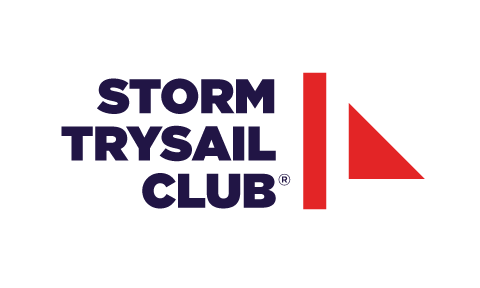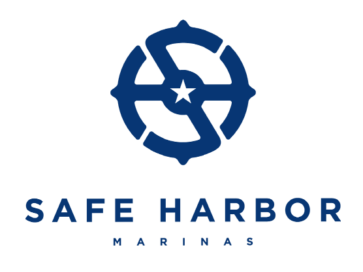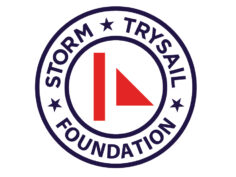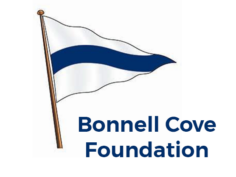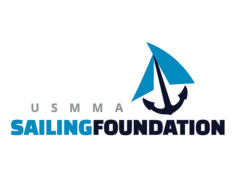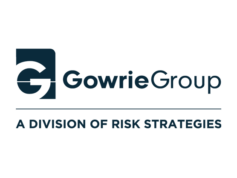The Concept
The title of this session was derived from the US Marines, “Fight the way you train, train the way you fight.” This means reacting to a situation in accordance with training, rather than trying to come up with an approach under duress as if the situation had never previously occurred. An emergency is best responded to by applying well understood and thoroughly practiced procedures. While emergencies often take unpredictable twists and turns, the Leader should give orders in accordance with standard practice as much as possible. It is critically important to practice as a crew!

The Findings
“Skippers need to invest in training their crew and practice emergency responses, so that they have the best possible chance of success in avoiding a bad outcome. Just learning about safety without practicing, multiple times, in a wide variety of conditions, will not prepare your team. It needs to be an automatic response. Train them, delegate, practice and hold them accountable. They are your greatest asset in an emergency.”
“There are plenty of ways to incorporate training into your daily routine. Add in a crew overboard drill when you do a spinnaker set on the way to the racecourse, whether you’re inshore or going offshore. Teach everyone on your crew how to make an emergency call on the VHF radio or satellite phone. Do some night-time flooding/fire/abandon ship drills for an added degree of difficulty. It’s a Leader’s responsibility to create a culture of safety onboard.” – Renee Mehl
Key Best Practices
- Plan and practice for crisis management. Implement tough training in varied conditions, give a tough assessment and identify areas that need to be improved in the next practice session.
- Encourage training and practice for emergencies to delivery crews on pre- and post-race voyages. Review previous incidents’ lessons learned.
- Review previous incidents’ lessons learned with your crew to build their knowledge base.
- Train using all of your boat’s equipment so you understand how it works before you need it.
- Know your crew, and how they react under duress; train, and practice and make assignments accordingly.
Things to avoid
- Neglecting maintenance on equipment and systems on your boat.
- Being complacent and just doing the bare minimum practice to get your boat through a safety inspection/fulfill NoR requirements before going offshore.
- The “snowball effect”, or error chain of events, during an emergency. A series of small problems can quickly escalate into a larger issue. Identify problems as they’re happening and stop them. Even inexperienced crew members can do this, if you give them the tools to do so. Teach them that a propane leak smells like rotten eggs and an off-watch cook can avert a bigger problem.

Sail the way you train; train the way you sail.
Use heavy weather to test systems, sails and crew.

Recommended changes to improve Safety-at-Sea training and education
- Use actual cases in SAS Training. Planning, preparation, practice and critical thinking are key elements of safety in offshore sailing. The Leader needs to implement these elements as part of the safety ethos on their boats. Moderators could include this in the ethos portion of the course and work into other SAS topics. Teach Operational Risk Management. This is a process a Leader can implement to help prevent problems in the first place, and managing them when they do.
- Use fun and instructional training exercises like trying to speak with a mouthfull of a peanut butter and jelly sandwich to practice clear and concise for communications, and the marshmallow challenge to build for collaboration and teamwork during Jr SAS Seminars. Both of these exercises can be found online.
- Medical requirements should be scaled to the availability of nearby help.
- Safety inspectors/scrutineers for offshore events ensure compliance but can also be safety educators.
- Set training/practice goals using the SMART (Specific, Measurable, Attainable, Relevant, and Time-Based) methodology.
- Recommended Leadership reference books: Sailing True North by Admiral James Stavrides and Call Sign Chaos by General Jim Mattis
Panel Watch Bill (Group Members)
- Renee Mehl - Facilitator, STC, CCA, USNA
- Jake Kiggans - Scribe, USNA
- Charlie Arms - US Sailing Board
- James Childs - Submarine Commander USN
- Robin Knox-Johnston - CBE, RN, Solo navigator
- Tony Parker - STC, Annapolis YC, NYYC
- Rick Royce - STC, Webb Offshore Sailing
- Ron Trossbach - CCA
- Rev. Mark Nestlehutt - US Navy, Executive Director,
- Seamen’s Church Institute
- Lou Sandoval - STC, Chicago YC
Breakout Session Outputs:
